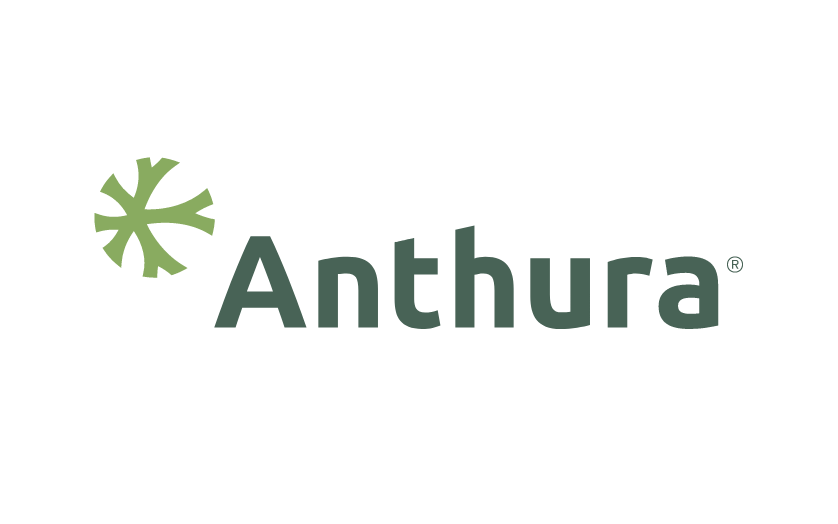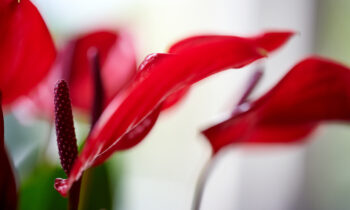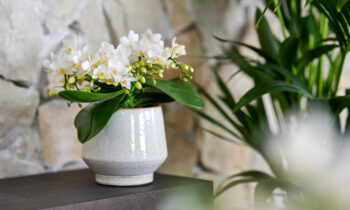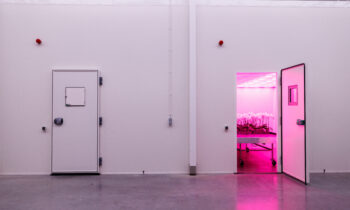Sustainability at Groene Tint: Switching to LED Lighting and Other Initiatives
The floriculture sector in the Netherlands is rapidly transitioning towards sustainability , and we should be proud of that. Therefore, we are pleased to highlight the sustainable initiatives being taken in the sector, driven by impressive technologies, smart solutions, and passionate entrepreneurs with courage.
We speak with Stefan Groenewegen, who, together with Richard van der Salm, is the owner of Groene Tint – Anthurium Into Perfection. The green tint they bring with their company is not only about Anthurium leaves but also about the sustainability woven into the business.
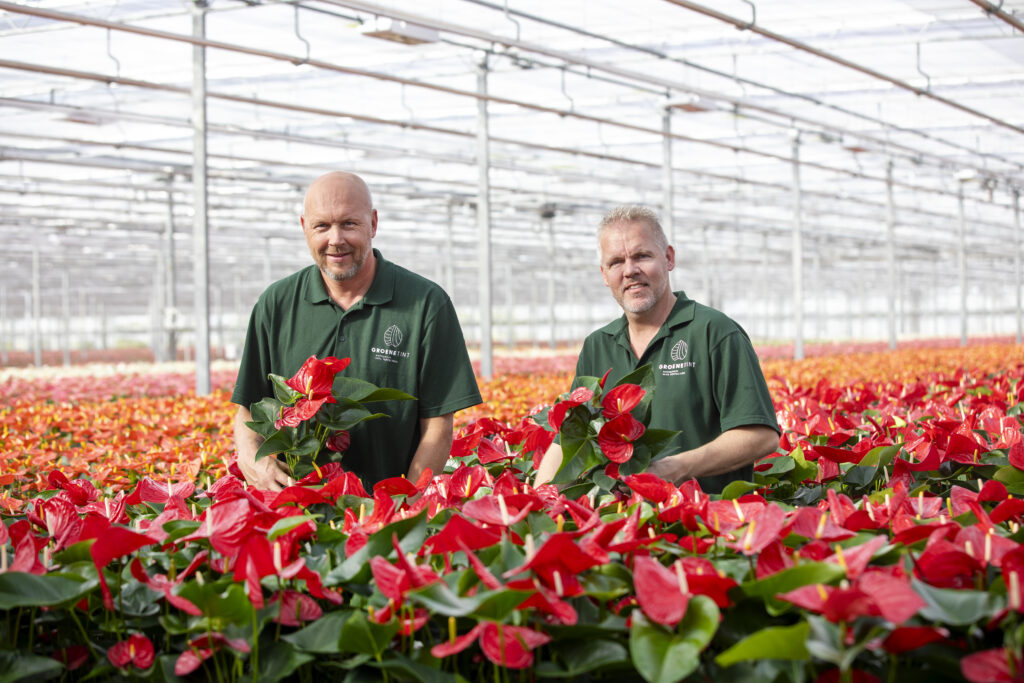
Stefan and Richard at Groene Tint
A Bit of History
The company, which has its roots far back in the previous century, switched from Cut Chrysanthemums to Pot Anthurium at the end of 2006 due to a need for a new challenge. Six months later, they began delivering Anthuriums to customers. By now, Groene Tint has acquired 17 years of knowledge about Anthurium cultivation, and Stefan’s role is primarily the main responsibility for the cultivation process. His focus is on the internal transport of the plants on rolling tables and their maintenance.
The switch to Pot Anthurium was mainly due to the extensive history the Groenewegen family had with Cut Chrysanthemums. Stefan felt it was time for a new challenge, a new field, and found the possibility of having direct sales interesting, which was still unique for houseplants at the time. Additionally, many cut flower businesses were moving to Africa, so he saw opportunities for Pot Anthurium cultivation in the Netherlands. It was a good match, as the company was already accustomed to a product that can be planted and delivered year-round, with few highs and lows .
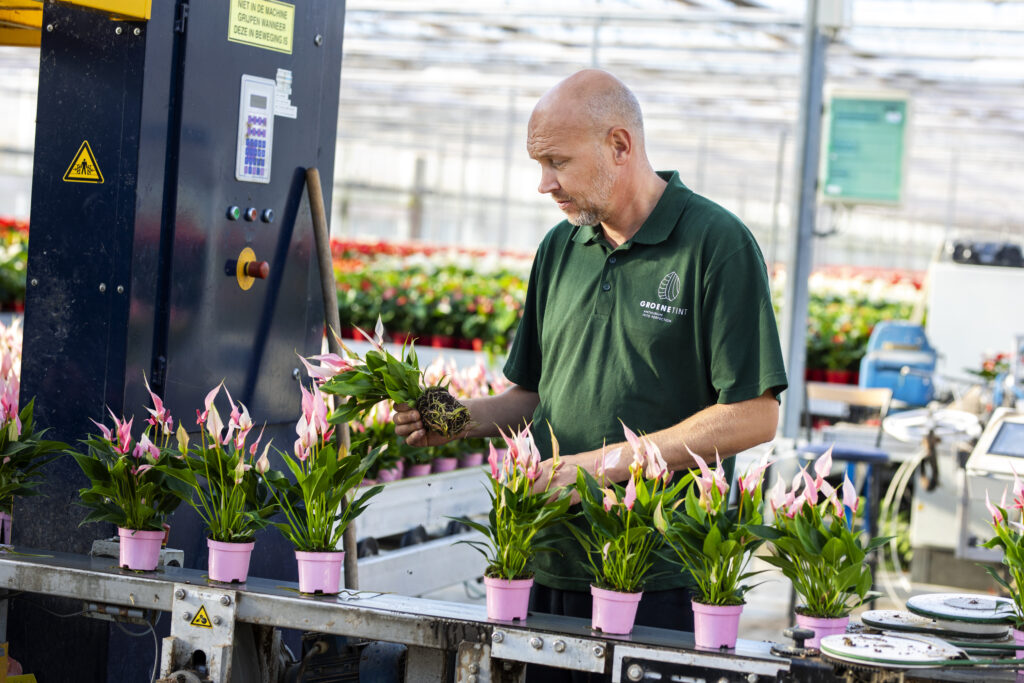 Stefan with the Lilli® variety
Stefan with the Lilli® variety
Towards Sustainable Cultivation
Groene Tint has now grown into a well-known name in Anthurium cultivation. The greenhouse, 3 hectares in size, produces 1.2 million plants annually in four different pot sizes, namely 7-, 9-, 12-, and 14cm. According to Stefan, the focus is on high-quality products in a distinctive assortment: “Everything that leaves the company must be premium,” he says, “so the customer knows what to expect.”
Sustainability plays a vital role in this. Two years ago, half of the greenhouse switched to LED lighting, a dehumidification cabinet was installed, and solar panels were placed. Six months later, they switched to geothermal energy from a sustainable source (CHP). This has reduced their gas consumption by two-thirds. They are also looking into sustainable packaging. Stefan mentions that following a visit to the in-house trade fair last fall, they began asking internal questions about the possibilities for sustainable packaging: “How can we do better? What do our customers want? And especially: how can we ensure that we use less plastic together? Everything must ultimately reach the end customers in a good way.”
Regarding energy, he says they can generate all the company’s electricity with their solar panels in combination with the CHP. They have over 400 panels with 125 kW. And the LED lighting even produces better quality than SON-T used to do. “You have to consider flower elongation. You can suppress it a bit, but it does not go completely automatically. It does become easier and better with more experience.”
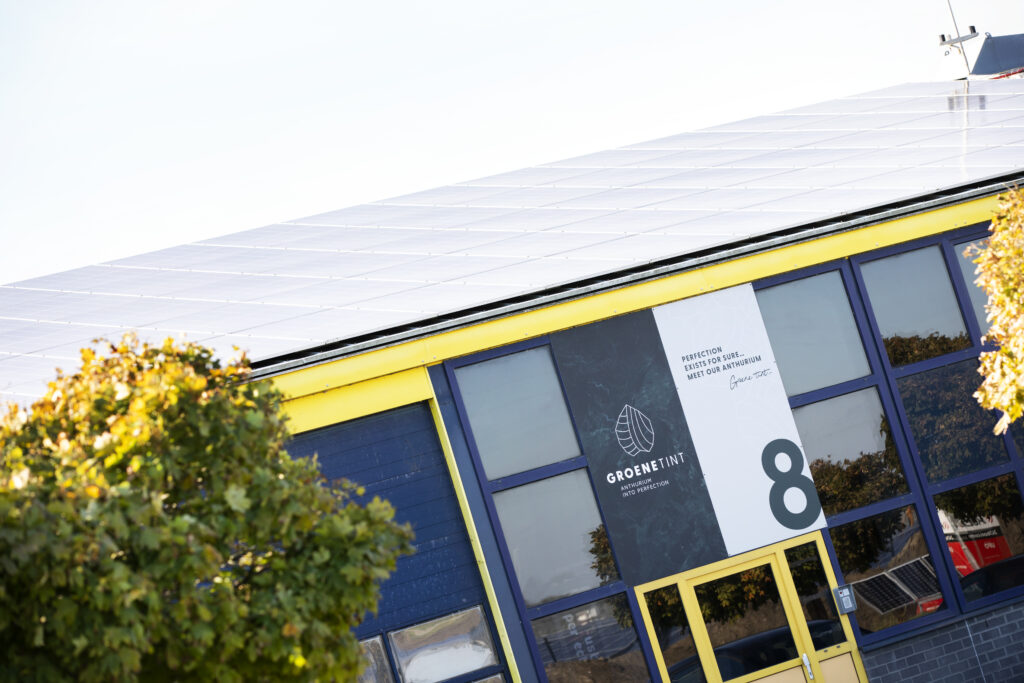
Over 400 solar panels generate electricity at Groene Tint
LED Lighting Instead of SON-T
It didn’t take long for Groene Tint to switch. “We had been considering it for a long time, but then energy prices went through the roof,” says Stefan. “At some point, we decided not to hesitate anymore and just made the decision. We arranged it within six months.” In hindsight, they wouldn’t do it any differently: “We have lighting from Signify with 77% red, 8% blue, 15% green light, and 12% far-red. It still works well.” This composition is what Groene Tint, in collaboration with the cultivation advisor, came up with based on the results of spectrum trials with Anthuriums. Government subsidy criteria were also taken into account. Marcel van Twist and Peter Vogel from Anthura played an advisory role. Stefan saw the trial results at the research station and combined them with results from Wageningen University & Research (WUR). WUR is also conducting further research into colour percentages as part of fossil-free cultivation.
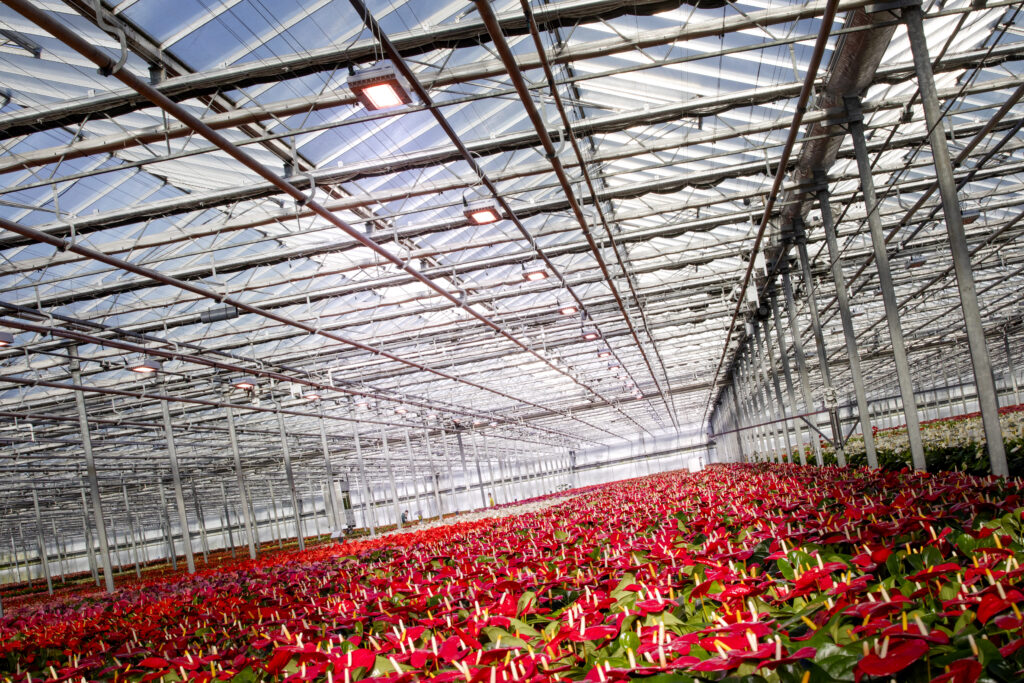
LED Lighting in the Greenhouse
They did not opt for dimmable lighting at that time. “It was emerging then, but the additional cost would take us six years to recoup. We are now at 75 micromoles per m2, which is not much. I think it is standard nowadays. If that were the case at the time, I would have been fine with it.”
The difference in cultivation recipes with SON-T, according to Stefan, is not significant. “I don’t know exactly what SON-T produces, but it’s slightly less far-red. I believe SON-T has about 9% far-red.” Regarding the plants, he does not see significant differences. “The plants are generally just less compact.” To counteract flower elongation, they use dehumidification equipment. “Some of the radiant heat was lost, and we compensated with these systems. This also activates the plants because it does not get too humid, and it becomes warmer. It’s not the exact same effect, but in combination with everything, you can keep the plants somewhat active.”
Less Plastic, Organic Cultivation, and Water Management
There is a lot of innovation in packaging: “Our labels are all plastic-free, both the stick and the label itself. We have our own cardboard packaging in which the smaller pot sizes can be delivered without a sleeve. The only plastic is the cultivation pots. We do have some paper sleeves available for use, but we are not using them yet.”
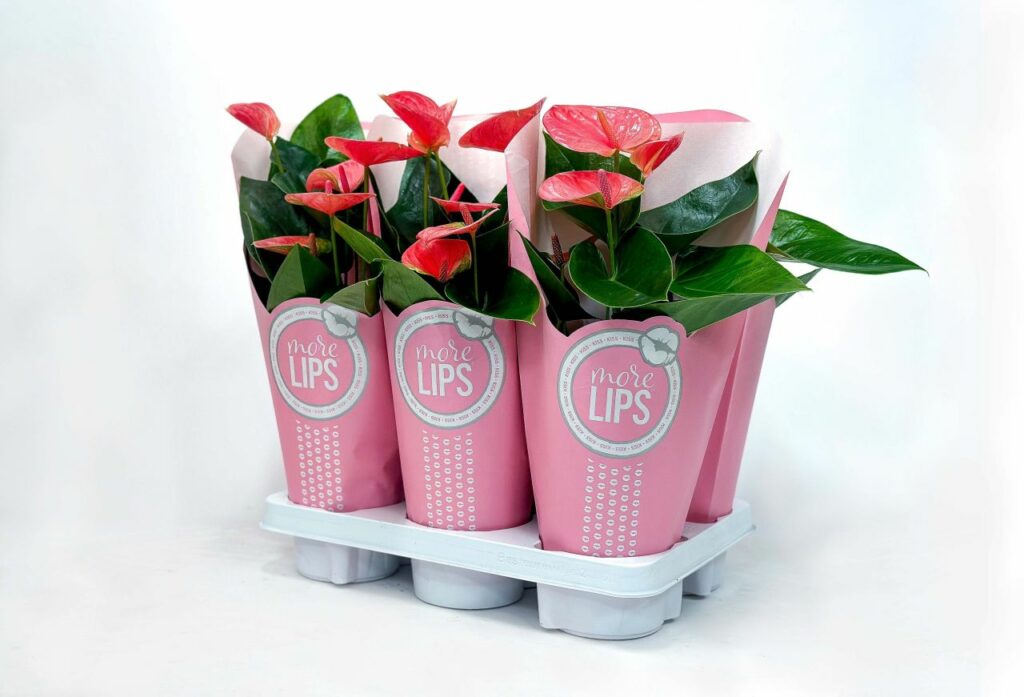
Cardboard trays and paper sleeves
“In addition, we have been cultivating organically for the third year now, using as few pesticides as possible. This involves weekly introductions of beneficial insects to control thrips and aphids. We do our best to manage it this way and use all organic means. Last year, it worked quite well. In the summer, we had to correct only once because Echinothrips were advancing too much. Organically, it was very difficult to control. So, we had to correct.”
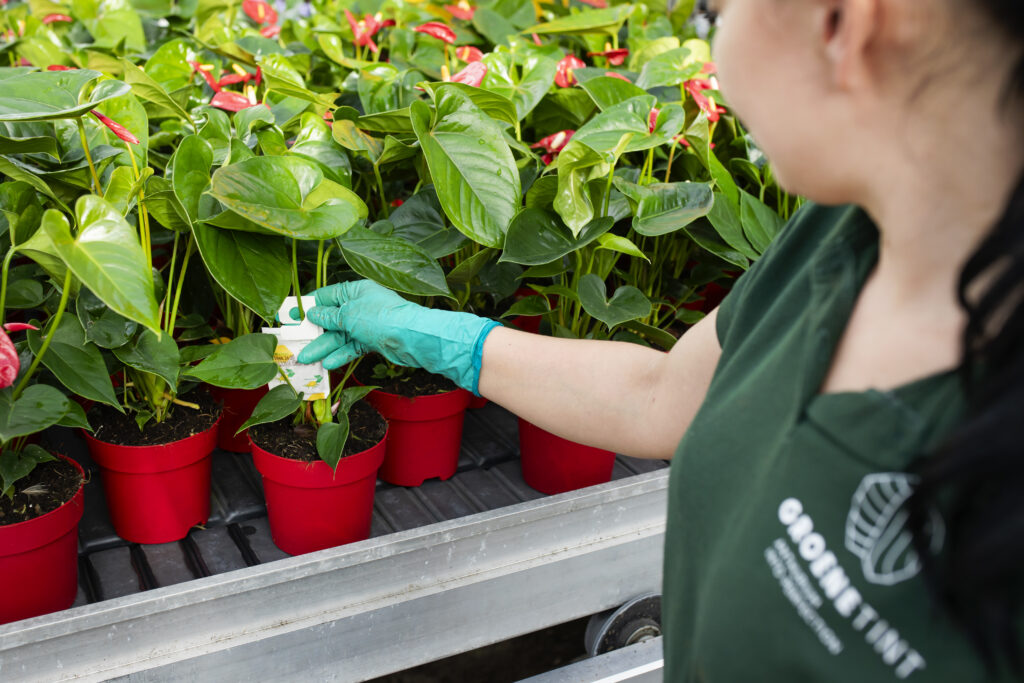
Biological control agents are introduced weekly
Regarding water management, they have been using ebb and flow tables in a closed water system since 2007. All water is disinfected and reused.
When asked about the effect of all these sustainable initiatives on the product price, Stefan laughs: “You don’t get a better price for it, but it certainly helps as a positive extra point. If you can explain it well, there is understanding. If potential customers must choose between two parties and we are the more sustainable one, it can certainly contribute to an exporter choosing us.”

Water is desinfected and reused
Future Perspective
“We look to the future positively,” says Stefan, “but we are not done yet.” There are still questions that Groene Tint wants to focus on in the future: “How can we further improve packaging sustainability? And in terms of energy: how can we ensure that we reduce the last 30% of gas consumption? Is that possible without rising gas prices? You also have to do that together with your competitors.”

Stefan with the Delicata® variety
Furthermore, Groene Tint hopes to specialize more in their assortment. “Together with Anthura, we want to see how we can find varieties in future breeds that are a good fit for our company so that we can distinguish ourselves even more.”
